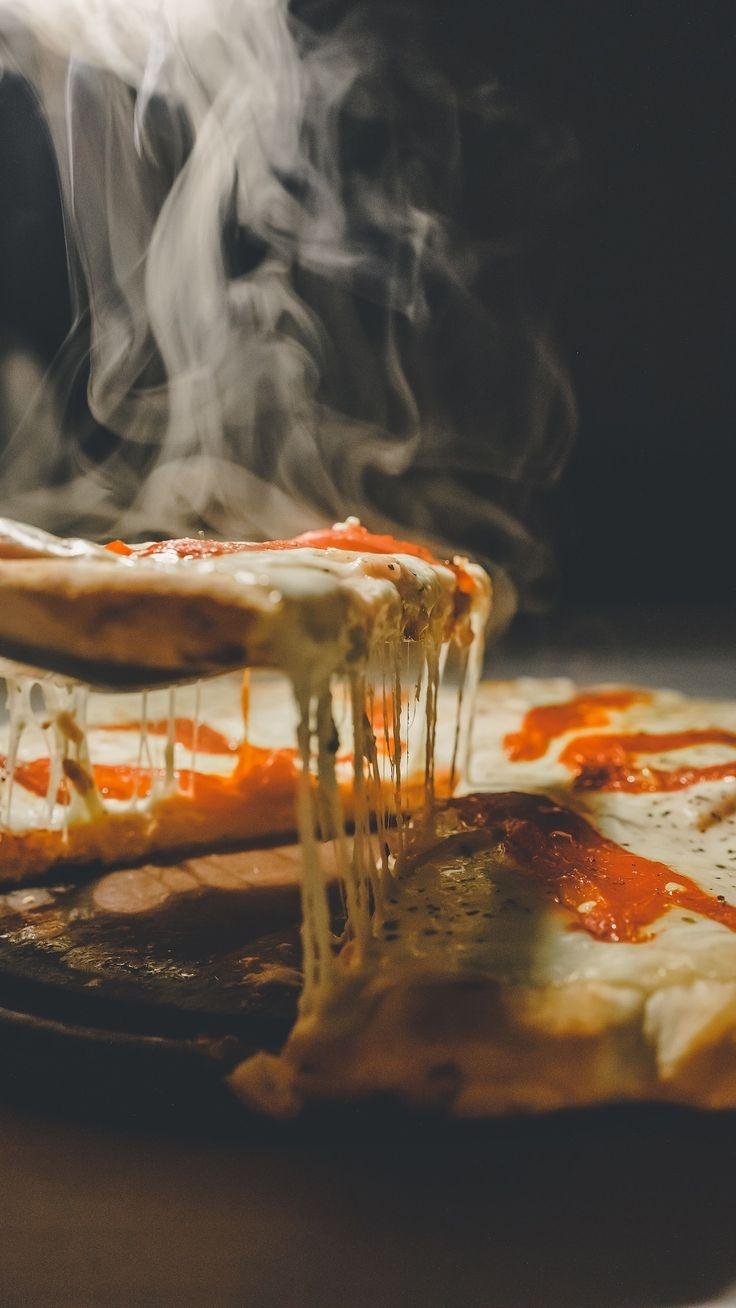At TheCuriousSphere, our philosophy is that extraordinary pizza begins with first-rate dough. Over 30 years, we’ve refined our dough recipe, and we're thrilled to impart a few of our insider tips. Our precise recipe remains a trade secret, but referring to these fundamental tips, you'll be able to craft pizzeria-caliber pizza dough in the comfort of your kitchen.
Flour is Fundamental
To create superior pizza dough, it’s crucial to start with premium flour. We suggest opting for 00 flour, known for its super fine texture and moderate protein level (typically 12%), giving the ideal mix of elasticity and softness. If 00 flour is out of reach, bread flour can take its place, though there will be a slight variation in your dough’s texture.
Water's Warmth and Dough's Dilution
Water's temperature is pivotal for the dough's fermentation period and its ultimate development. To foster slower fermentation and enhance taste, cold water around 45°F (7°C) should be used. In contrast, for a speedier fermentation, warmer water around 85°F (29°C) is suitable. The hydration proportion, meaning the quantity of water relative to flour, should ideally lie between 60-70% to suit most residential ovens.
A Pinch of Yeast, A Plethora of Time
The secret to a rich-tasting dough is minimizing yeast usage and maximizing fermentation duration. We rely on just 0.2% of fresh yeast in relation to the poundage of our flour, letting our dough undergo a 24-48 hour fermentation. Such an unhurried process brings out intricate flavors and results in dough that's lighter on the stomach.
Salt: More Than a Taste Enhancer
Salt doesn’t merely season; it fortifies the gluten network and moderates fermentation. We advocate for fine sea salt at a ratio of 2.5-3% to the weight of the flour. Introduce salt once your flour and water start to meld, avoiding any immediate contact between salt and yeast.
Cultivating Through Fermentation
Post-mixing, allow your dough to undergo bulk fermentation at room temperature for a couple of hours before dividing it into individual servings. Encase each piece in a lidded container and refrigerate them for 24-72 hours. It's during this cold fermentation that enzymes decompose starch into sugars, creating not just flavors but also the distinctive browning of our crust.
Handling with Delicacy
When it's pizza crafting time, take out the dough from the cold storage for 1-2 hours prior to cooking in order to bring it to room temperature. When shaping the dough, ennoble it with a tender touch to maintain the air pockets that have formed. Instead of rolling it, gently stretch the dough with your hands to preserve these air-filled spaces.
The Final Element: Oven Heat
Although our ovens can soar to 850°F (454°C), typical home kitchen ovens generally peak around 550°F (288°C). To make up for this, utilize a piping hot pizza stone or steel — preheated for around an hour. This ensures the strong bottom heat that's crucial for a crisp crust and a fluffy interior.
The craft of pizza dough is an evolving skill. Every batch is an opportunity to learn more about the art of dough making. We encourage you to keep track of your findings, tweak the variables, and figure out the optimal approach for your personal kitchen setup.
For an up-close experience of our dough preparation, book a spot at our monthly pizza-making workshops where Chef Luca showcases these methods in detail. Peek at our events schedule for the next session!

